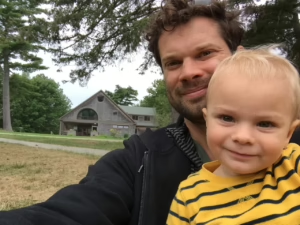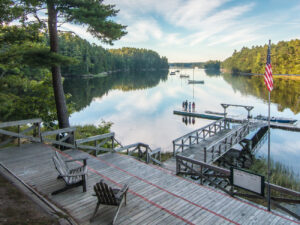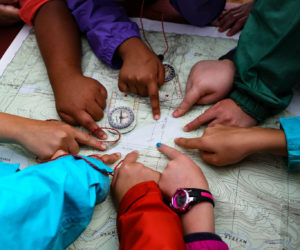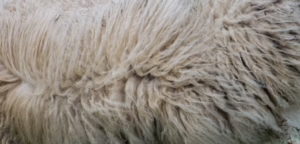A couple of staff members cleaning out a closet in the Center for Environmental Education (CEE) came across a fascinating relic last week: a small-scale model of the enormous whale skeleton that graces the ceiling of Chapin Hall.
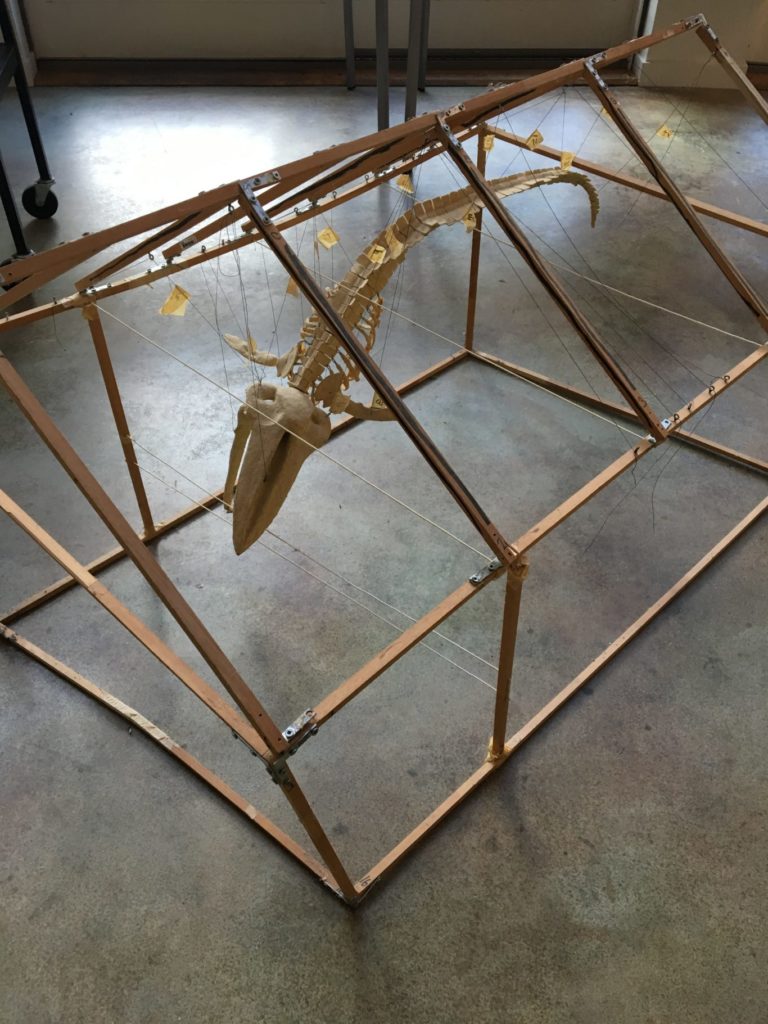
“The crew from Quebec made up the model as a way to present their concept to the community,” remembers President Emeritus Don Hudson.
“The crew” consisted of wildlife illustrator and exhibition designer Daniel Grenier, his brother Christian Grenier, and their friend Denis Martel, all from Quebec. They were recruited to do the work by whale researcher Nan Hauser, who lives near Chewonki and volunteered to store the bones until the exhibition could be created.
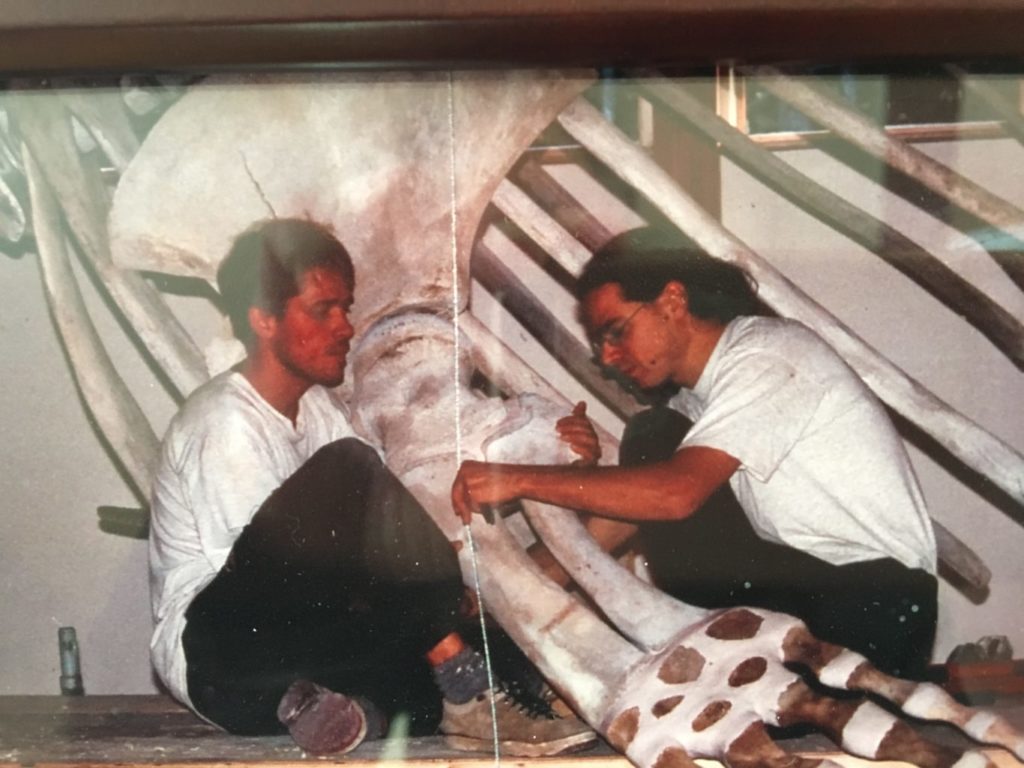
When the CEE first opened its doors in the summer of 1999, there was still one major project to complete: installing the 45-foot northern fin whale (Balaenoptera physalus) skeleton donated to Chewonki by the College of the Atlantic.
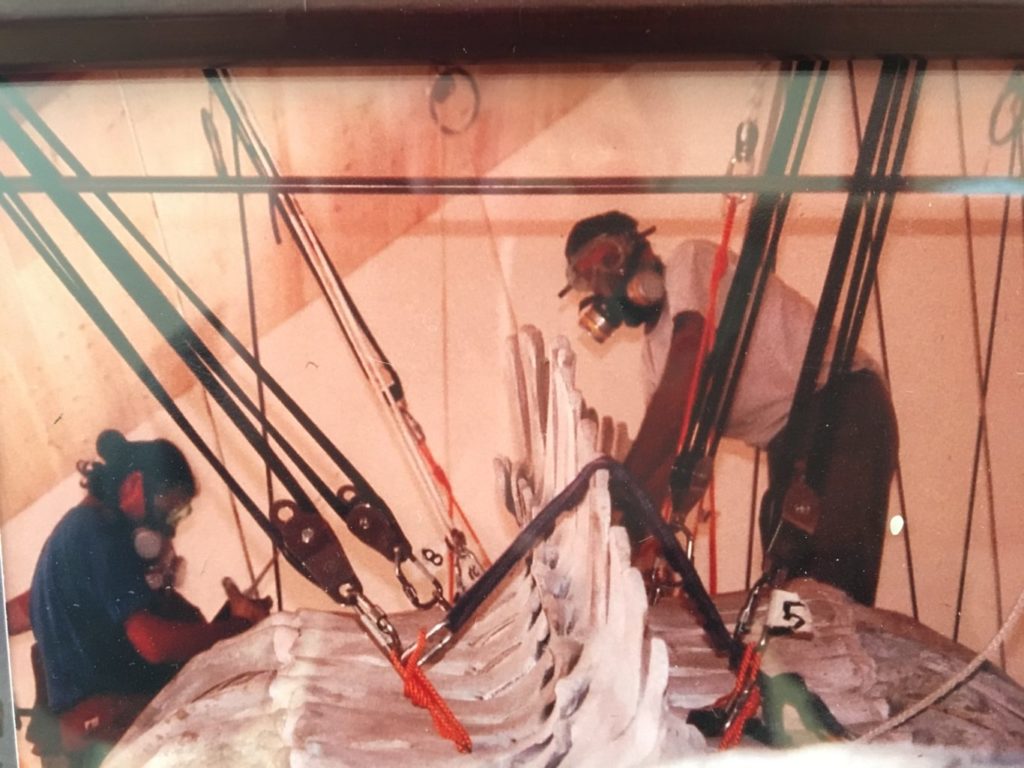
The whale skeleton is attached to the Chapin Hall ceiling by cables. Arching over the big room, the skeleton often causes newcomers to catch their breath and still evokes wonder from Chewonki staff who have seen and stood and sat under it thousands of times. The graceful creature looks as if it has just surfaced and opened its jaw to scoop up a school of krill before heading back down into the depths.
The second-largest mammal species, fin whales are endangered and fully protected. This had been badly wounded and died, perhaps from a collision with a ship, and one of its flippers was gone. The Smithsonian Institution collected the skeleton, which then landed at the College of the Atlantic. The college gave it to Chewonki in 1986. The idea of creating a whale exhibit soon took hold and never dissipated over the next 12 years.
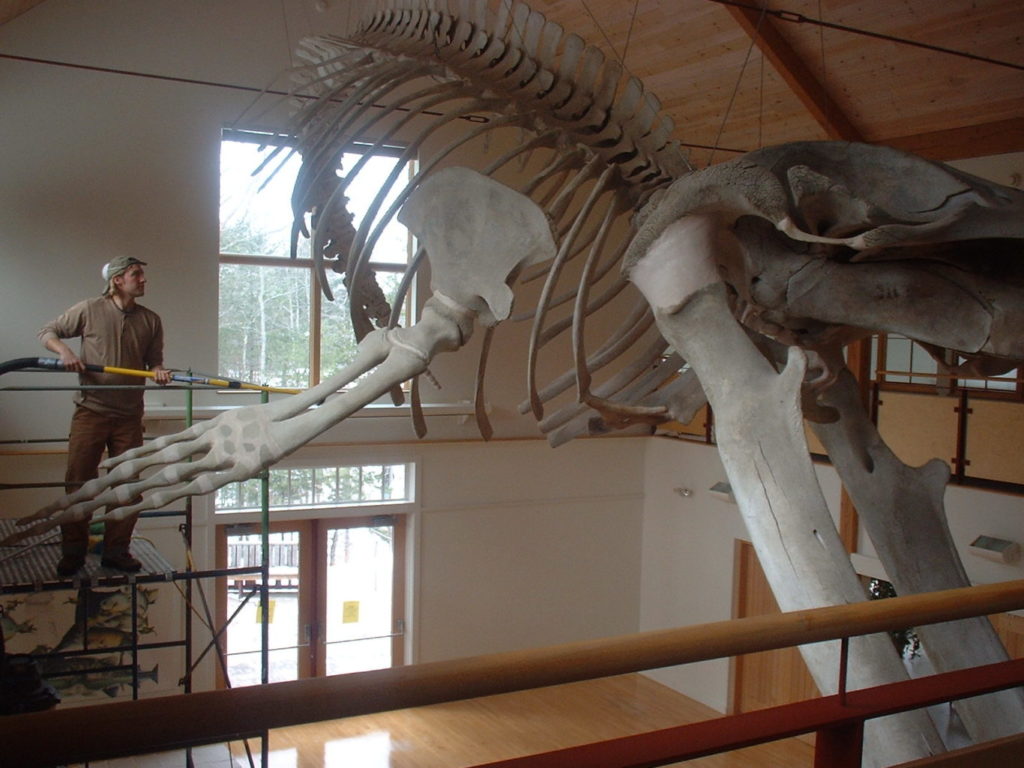
The fin whale is “the greyhound of the sea…for its beautiful, slender body is built like a racing yacht,” wrote famed naturalist Roy Andrews.
Grenier’s small model also has charisma. Educators from the Traveling Natural History Program are now considering ways to incorporate the model into their lesson plans.

At the time of the reconstruction and installation, Daniel Grenier was working at the Mingan Islands Cetacean Study station on the north shore of the St. Lawrence River, about 800 northeast of Quebec City. He is a remarkable artist who illustrated a 2004 non-fiction children’s book called As Long as There Are Whales.
We have not been able to find recent contact information for Christian and Denis. If you have updates on any of these three characters, please let us know. We would like to tell them how much pleasure their artful installation has provided over the past 20 years.
